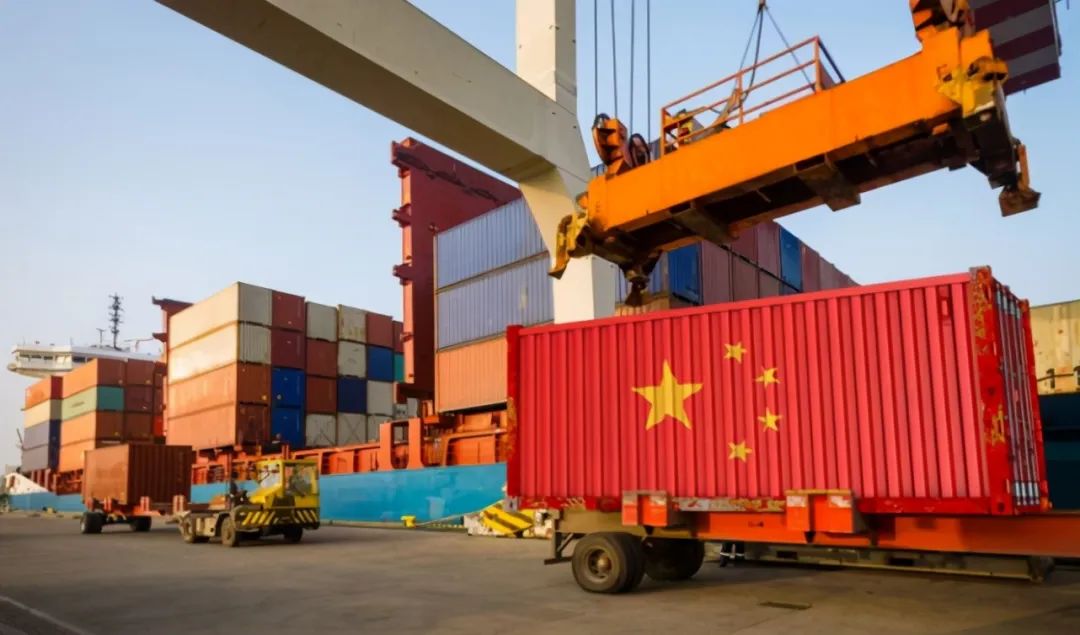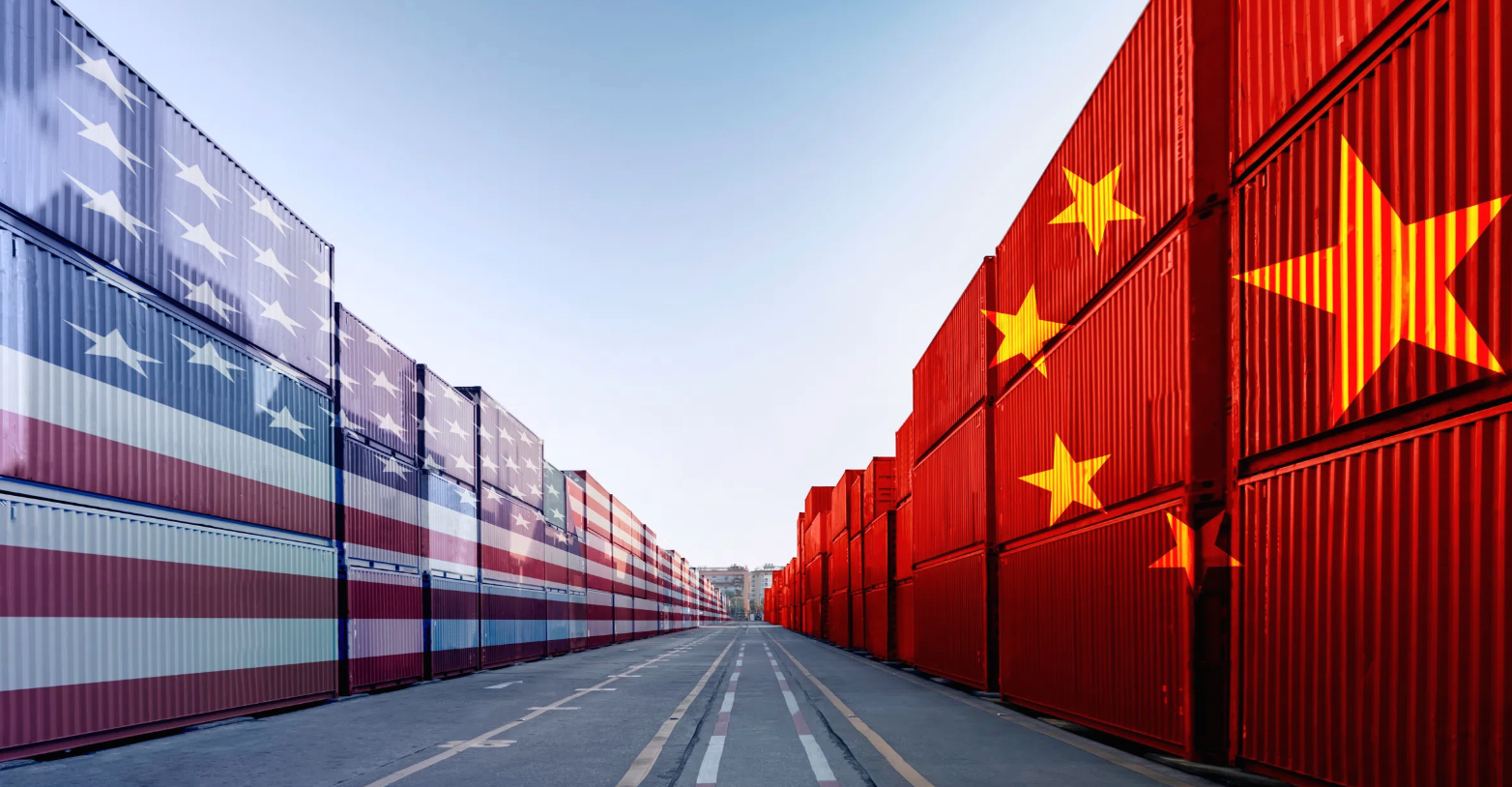Trump's tariff policy is like a boulder thrown into a lake, breaking the tranquility of international trade relations and causing waves.
According to CNBC's report at 8:51 a.m. EST on February 27, U.S. President Trump said on the same day that a 25% tariff will be officially imposed on Canada and Mexico on March 4, and an additional 10% tariff will be imposed on China on the same day.
Since a 10% tariff has been imposed on February 1, the cumulative increase in U.S. tariffs on China in 2025 has reached 20%. The reason for the tariff increase on China on March 4 is the same as the last time. This tariff increase is unexpected.
The evolution of the "tariff" policy since Trump took office:
• On February 1, the United States imposed a 10% tariff on goods imported from China. On the same day, Trump also imposed an additional 25% tariff on imports from Canada and Mexico, and a 10% tariff on Canada's energy resources.
•On February 3, Trump announced a 30-day suspension of tariffs on Mexico and Canada in exchange for cooperation between the two countries on border security and fentanyl.
•On February 9, Trump announced a 25% tariff on all steel and aluminum products entering the United States, mainly affecting major steel and aluminum exporters such as Canada, Brazil and Mexico.
•On February 26, Trump announced that he would impose a 25% tariff on the European Union, covering automobiles and other goods.
•On February 27, Trump officially announced that the 25% tariff policy on Mexico and Canada, which had been suspended, would take effect, and an additional 10% tariff on Chinese goods.
According to the latest reports, Trump said that reciprocal tariffs will be implemented on April 2. In addition, Trump also ordered a 25% tariff on global steel and aluminum imports, which will take effect on March 12.
In response to the issue of increased tariffs in the United States,
Our company provides a professional one-stop solution for dangerous goods transportation, welcome to inquire.








